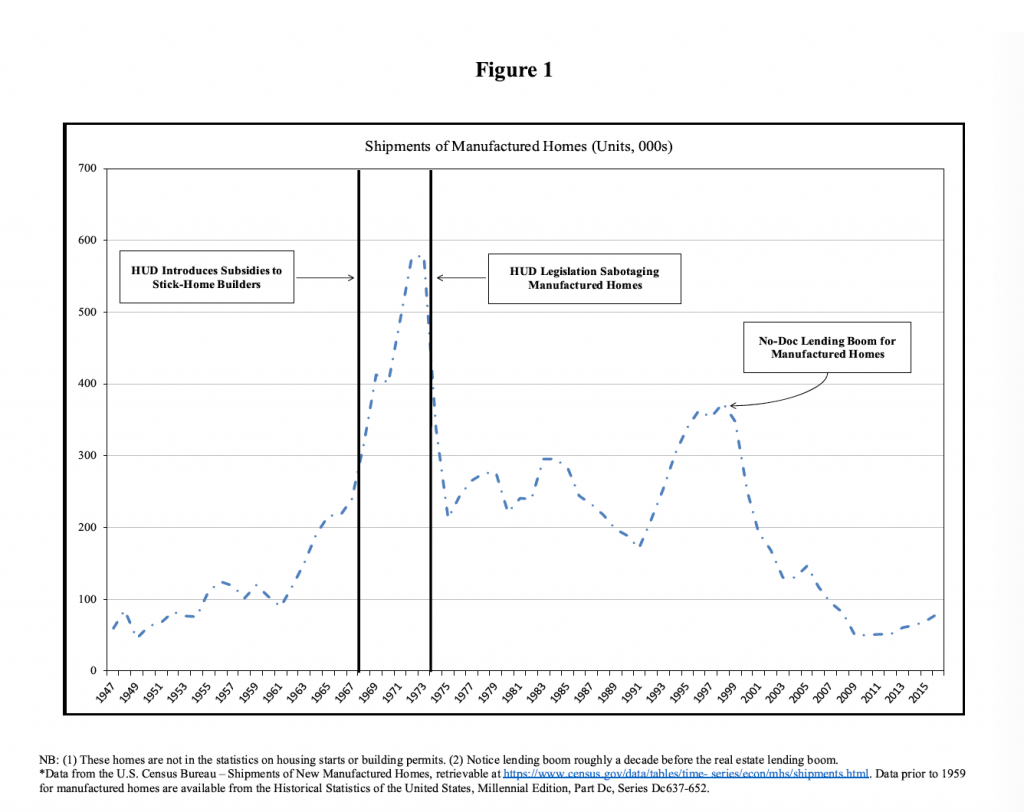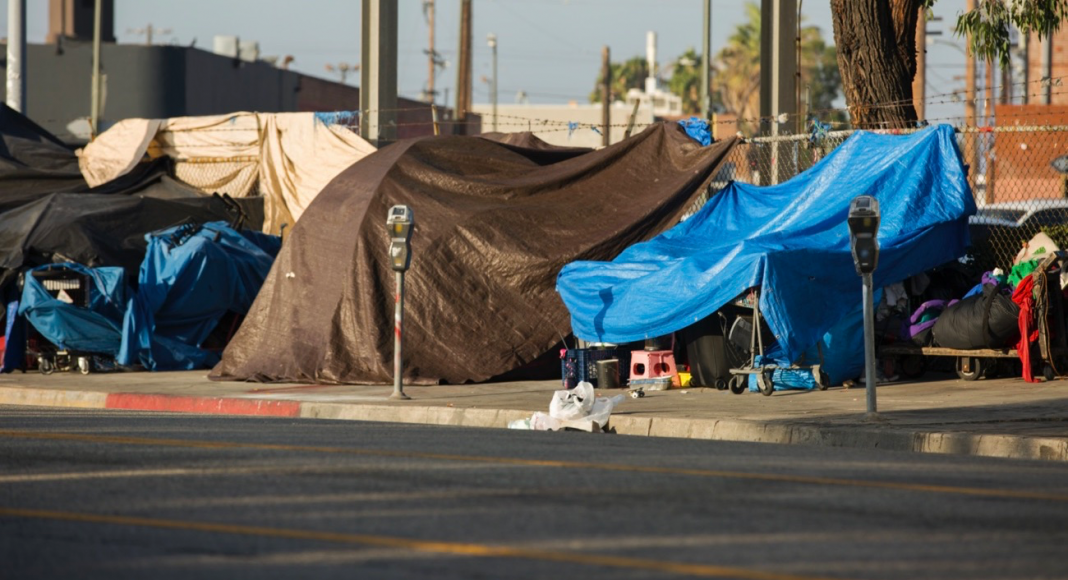The Covid-19 crisis has exposed the vast inequalities that exist within the US economy. Monopoly power should be at the top of policymakers’ list when they consider reforms to benefit our most vulnerable citizens.
It’s only been a few months since the United States was hit by the Covid-19 pandemic, a significant health crisis that has laid bare other crises that face our nation—especially the economic vulnerabilities of the country’s poor and marginalized.
With Covid-19, we learned the ironic lesson that this country’s essential workers were often just one paycheck from going hungry or facing eviction. We’ve seen from up close large swaths of our nation that live in poverty. The pandemic has also highlighted inequality: Groups face vastly different abilities to protect themselves from infection, and, if infected, to survive.
As the US is marshaling its resources to limit the harm of the pandemic, the path forward is clear: Finding better ways to treat those with the disease, to limit deaths, and to find a vaccine to prevent further infections. As many Americans also call for reforms to alleviate poverty and inequality, we would do well to consider the proposals offered during the Great Depression—a period when the US faced similar challenges to today’s economic crises—by some of the greatest scholars and policymakers of the time, including Henry Simons, a leader in economics at the University of Chicago, and Thurman Arnold, the Assistant Attorney General for Antitrust for President Roosevelt (from 1938-43).
Simons presented his proposals for solving the economic crises of the 1930s in his A Positive Program for Laissez Faire. Among his proposals, Simons called for progressive taxation to limit inequality. Yet for Simons, the most important policy change to limit poverty and inequality was “the elimination of monopoly in all its forms.’’
Arnold shared this view. He described the lessons of the Great Depression as showing “The fundamental axiom [is] that in a monopoly economy luxuries expand while the necessities of life contract,’’ and “The exploitation of monopolies is always the most dangerous in the things people cannot do without.’’
What these scholars and policymakers also knew was that monopolies were widespread and took many forms, and were therefore often difficult to detect. Frank Knight, an early mentor of Simons and his colleague at the University of Chicago, observed: “The imperfections of the market, including monopoly of all kinds and bases, create power relations of infinite complexity as to kind and degree. They are by no means limited to ‘big business’ or to ‘trusts’…”
Simons and Arnold knew monopolies employed deceit and misinformation as they inflicted harm on the poor. Monopoly injury, then, could go undetected for years. Wendell Berge, who followed Arnold as Assistant Attorney General in charge of the Department of Justice’s antitrust division, wrote: “Monopoly conditions have often grown up almost unnoticed by the public until one day it is suddenly realized that an industry is no longer competitive but is governed by an economic oligarchy.’’
What was true of the 1930s is also true today. First, monopolies are a major source of poverty and inequality. Second, monopolies often hide and disguise actions that lead to great harm among low-income communities. To borrow from the pandemic’s lexicon, monopolies are silent spreaders of poverty and economic inequality.
As emphasized by Simons and Arnold, monopolies are concentrations of power formed by groups to enrich members, typically through illegal means. One method used by monopolists is to sabotage substitutes for the monopoly’s goods, typically low-cost substitutes that the poor would purchase. This leads to increased poverty. But since the sabotage disproportionately harms the poor, it also increases inequality. And today’s sabotage often goes unnoticed.
As for the harm inflicted by today’s monopolies, let’s begin with the most important good purchased by Americans: Housing. Today, the vast majority of US housing is produced using methods that have been around for centuries. It’s often called stick-built construction, a highly labor-intensive method of making houses. There is, of course, a much more efficient way to produce housing, a low-cost substitute: factory production of homes. The costs per square foot can be as much as one-third lower with factory methods.
There was a brief period, in fact, when US factory production flourished. Factory production of homes soared during the 1960s, reaching 60 percent of single-family production by early 1970, threatening the very existence of traditional builders, especially those constructing smaller houses purchased by lower-income Americans.
In response, monopolies of stick-builders, including the National Association of Home Builders (NAHB) and the Department of Housing and Urban Development (HUD), developed extensive weapons to sabotage and harm factory producers of houses. NAHB and HUD strangled the production of factory homes. Production collapsed in the 1970s.
Figure 1 shows the shipments of manufactured homes in the United States from 1947-2019. These homes represent a major part of factory-built homes in the United States each year. The surge in production during the 1960s, and its subsequent collapse in the 1970s, is evident.

The effect of the collapse on poor households was devastating and remains so to this day, as affordable housing tops the list of economic issues facing lower-income Americans. Figures 2 and 3 present pictures of manufactured homes that, through sabotage, have been blocked from most areas of the country. Where they are allowed, sabotage by monopolies has meant much higher costs of production than necessary.
Moreover, through deceit and misinformation, this monopoly sabotage of factory production has been forgotten, so that this history is unknown today. Monopolies have silently spread their harm.

Consider also legal services, where lawyer monopolies—that is, state bar associations—prohibit anyone who is not a member of the bar from providing legal counsel of any kind. This prevents paralegals, who could effectively provide advice on many issues, from practicing independently. The vast majority of lower-income Americans thus face hearings on evictions, child custody, and wage-theft without legal advice. The same is true of women who are victims of domestic violence.
In health care, monopolies inflict great harm on the poor in many industries, including oral healthcare, hearing aids, eyeglasses, and, of course, pharmaceuticals. In oral health care, monopolies of dentists prohibit the practice of dental therapists, professionals that treat cavities. They prevent hygienists from practicing independently of dentists. Hence, filling of cavities and teeth cleaning are more expensive in locations where they are provided. Much more importantly, it means the filling of cavities and teeth cleaning is not available in low-income areas, both rural and urban, since dentists are not practicing in many of these areas.

The experience of monopolies in oral health provides important lessons that pertain to most monopolies. The monopoly harm to high-income households, who live in areas where dentists practice, is higher prices, though this harm is small if not trivial for them. However, the harm to the poor is great and does not come from paying high prices, but rather from not consuming the goods at all.
While monopolies in oral health care have spread misinformation to hide their sabotage, other groups—including economists—have inadvertently contributed to this insidious concealment. In particular, in searching for monopoly harm, a major exercise is to look for “excessive” prices. But there are no markets, and hence no prices, in the areas where these monopolies inflict the greatest harm.
“Monopolies not only sabotage markets, they also iunfiltrate and damage public institutions to enrich themselves.”
Another extremely important lesson is that many of the low-cost substitutes sabotaged by monopolies, like in oral health, have investment components to them. Hence, the poor are blocked from making investments in their households’ futures, pushing them further behind and into poverty.
Monopolies not only sabotage markets, they also infiltrate and damage public institutions to enrich themselves. Such monopolies were formed to sabotage black voting. These monopoly groups, in effect, infiltrated existing voting institutions and hijacked them for their own enrichment. As University of Maryland economist Mancur Olson argued: “… the first important special-interest coalitions [i.e., monopoly] that emerged in the South during and after Reconstruction were small, local, and white-only coalitions, sometimes without formal organization.” One consequence of these coalitions was that “The much weaker black population was in essence denied political organization and often the opportunity to vote through extra-legal coercion …’’
The monopolies that sabotaged black voting rights were to a large extent, as Olson tells us, informally organized. Among other groups, they consisted of hundreds of voting registrars across the south, throwing up roadblocks to black registration, as well as tens of thousands of those operating polling places that harassed those able to register. These groups acted out of the spotlight. We cannot even name the members of these monopolies that created such great harm.
When monopolies infiltrate and damage public institutions, the harm often “grows up unnoticed by the public.” The monopolies are not damaging markets, but institutions. Without markets, there are no prices. Again, the usual tool to diagnose monopolies is worthless. With no market, such concepts as ‘’concentration’’ have little meaning as well. These monopolies fly under the radar of such concepts. They spread harm silently.
Over the last decade or so, there has been an explosion in the study and concern over monopolies. Extremely large firms and concentrated industries are rightly a source of concern and, because of their size, attract a lot of attention.
However, we should not let these larger companies distract us from the many hidden monopolies that have silently spread harm to the poor for the last 100 years. Both Arnold and Simons, in fact, wrote about how monopolies in stick-built construction led to the housing crises of their era. When Arnold was at the Department of Justice, he indicted many of these monopolies for blocking the production of factory-made homes.
As argued in Schmitz (2020), the harm caused by monopolies that have mostly avoided detection—often existing in markets with small firms and low concentration levels, as in residential construction, or wreaking their harm in public institutions where prices and concentration have no meaning—very likely cause much greater harm to the poor than the great-sized firms.
The events of recent months have shined a bright light on the poverty and inequalities that exist in the US economy. Now is the time to consider all the many ways that our economic system is aligned against the poor, as well as many middle-income families. Monopoly power should be at the top of policymakers’ list when they consider reforms to benefit our most vulnerable citizens.






